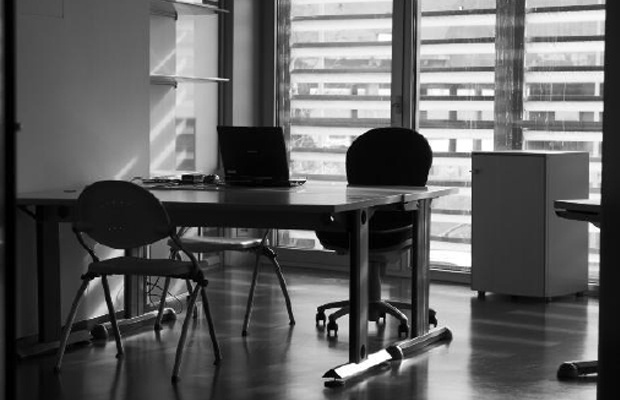Internet of Things (IoT) over the past few years has begun to gain prominence and promises to bring some exciting developments. There are still vast amounts of untapped possibilities for connecting devices and ‘dumb’ objects, but we are on the road to a point where everything will have a chip and be connected.
 Part of the IoT revolution is sensor technology, which is on a similar journey. Right now it is still very much in its infancy in terms of capacity. However, Facilities Managers and Real Estate Directors are fast cottoning on to the technology and how it can help them with office design and utilisation. Occupancy monitoring has recently become a mainstream part of real estate management due to its instant access to data and accuracy.
Part of the IoT revolution is sensor technology, which is on a similar journey. Right now it is still very much in its infancy in terms of capacity. However, Facilities Managers and Real Estate Directors are fast cottoning on to the technology and how it can help them with office design and utilisation. Occupancy monitoring has recently become a mainstream part of real estate management due to its instant access to data and accuracy.
In the past there has been solutions to try and provide this type of data such as ‘IP-sniffing’, this technique tracks people’s location in a building by monitoring their laptop network connection. But sensors are paving the way to a better form of data collection. Sensors have a range of applications for the workplace like tracking office footfall or sensing movement through turnstiles. In the early days this technology also encountered its own set of problems like unreliability, inaccurate data and ethical challenges.
The power of sensors
Now the advent of IoT and low-cost Wi-Fi-enabled sensing devices has added a new dimension to the existing range of technologies being used to understand the building utilisation.
Sensors are cheap enough to be feasibly rolled out across a whole office, they’re also discreet and capable of collecting massive amounts of data right down to an individual desk level. This knowledge is power.
Once you can understand working practices with this level of accuracy and know how your current occupants are using the space, it becomes much easier to design the workspace for future occupants.
Intelligent Systems
Intelligent buildings are able to start learning how they are being used and adapt the space accordingly. Sensor software helps to make sense of the data by turning raw data into useful reports and statistics.
IoT is certainly moving towards the state of artificial intelligence: even within the next 5 years, we will be seeing sensors linked to software systems capable of turning static buildings into dynamic workplaces.
 Occupancy sensors have the ability to identify in real-time whether a meeting room or desk is being used from screens around the building or from a mobile phone. These sensors can alert individuals about a free desk or ask if they want to cancel an unattended meeting so it can be released for others to use.
Occupancy sensors have the ability to identify in real-time whether a meeting room or desk is being used from screens around the building or from a mobile phone. These sensors can alert individuals about a free desk or ask if they want to cancel an unattended meeting so it can be released for others to use.
As flexible working increases, the workplace is becoming more rather than less complicated for people. Sensor technology is able to simplify the building experience and make the workspace more responsive for its occupants.
Privacy
How far do we consider sensors an invasion of privacy?
For Property Managers, their concern is primarily with the performance of their building. However, Facilities Mangers and HR professionals are more concerned with the ethical framework surrounding sensors. The line between measuring workspace utilisation and monitoring people’s behaviour is one that should be strictly defined and maintained.
Sensor technology can enable this distinction by collecting anonymous data. Facilities Managers need to communicate this difference clearly to its organisation’s people to avoid any negativity. Sensor technology should be installed in a building to make the workplace more responsive to the increasingly flexible working habits of employees.
Future skills
Due to the intuitive nature of sensor technology, the technological skills demanded of property professionals are limited. While basic awareness of data analytics helps the process of implementing sensor insight, the most important characteristic is recognizing that the user experience is central to their role.
Sensor technology is not about building the most efficient office, but about creating a workspace that operates in the style your people need. In efforts to create a building that can adapt to people’s use of it, sensor technology is not optional but fundamental.